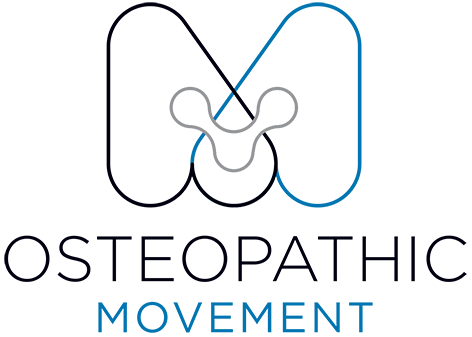Osteopathy's Role in Modern Life
Osteopathy’s Role in Modern Life
Modern life offers more convenience than ever — but it also places unique stresses on our bodies. Long hours at desks, constant screen time, and the fast pace of work and life have contributed to an epidemic of musculoskeletal pain and dysfunction.
Our ancestors climbed, squatted, and moved freely throughout the day. Today, most of us are seated for eight or more hours, often with shoulders rolled forward and hips locked in flexion. Over time, this limited range of movement leads to muscle imbalances, joint stiffness, and postural strain that can result in chronic pain.
How Modern Living Impacts the Body
Our bodies are designed for diverse, functional movement — walking, bending, reaching, twisting, climbing. But repetitive, sedentary routines condition us to move in narrow ranges, weakening stabilising muscles while overusing others.
Common outcomes include:
Tightness in the hips, shoulders, and neck
Weak gluteal and core muscles
Poor posture and restricted spinal mobility
Chronic lower back or neck pain
Decreased joint flexibility and energy levels
This imbalance between activity and rest, strength and mobility, is one of the defining challenges of modern musculoskeletal health.
How Osteopathy Helps Restore Balance
Osteopathy addresses both the cause and effect of these modern lifestyle stresses. By combining hands-on manual therapy, movement retraining, and targeted rehabilitation, osteopaths help restore natural alignment, improve mobility, and relieve pain.
Osteopathic care can assist with:
Postural strain and desk-related pain
Headaches and neck tension from screen use
Lower back stiffness from sitting
Reduced flexibility and muscle tightness
Rehabilitation after inactivity or injury
Unlike quick-fix approaches, osteopathy considers the body as an interconnected system. Your osteopath will assess movement patterns, joint restrictions, and muscle imbalances to create a personalised treatment and exercise plan that supports your unique needs.
For practical tips on improving posture at your desk, see our related article [Sitting vs. Standing: Which Is Better for You?], or explore how we integrate exercise rehabilitation in our [Exercise Rehabilitation Sessions] blog.
A Holistic Approach to Modern Wellness
Osteopathy isn’t just about pain relief — it’s about long-term movement health. Regular treatment can enhance posture, support better recovery, and encourage a more active lifestyle that offsets the effects of sitting and stress.
Incorporating osteopathic care into your wellness routine can help you feel more mobile, energised, and in control of your body. It’s a proactive investment in your physical longevity and overall wellbeing.
Learn More & Book Your Appointment
Take the next step toward better movement and long-term musculoskeletal health with our team of expert osteopaths.
• Learn more about our South Yarra osteopaths
• Take a look around our Osteopathic Movement & GRIPT Gym
• Book your appointment online
Written by Dr Dayne Sweres (B.AppSci (CompMed), M.Osteo) – Founder, Osteopathic Movement, South Yarra.
